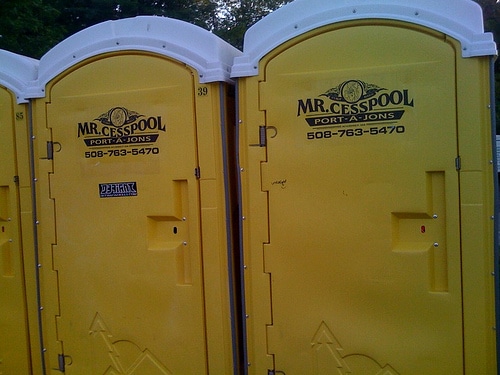A fully functional property needs to have every element it its proper place. That is why extensive planning should be made before anything is installed or built on the property. Inside your home, you study the various areas that you should construct before the carpenters come. Every appliance, fixture, and furniture should be in place on the blueprint so that when the building starts, everyone is on the same page. It’s the same outside your home. If you have a garage, it should be the right size. If you have a yard, it should have a garden. However, plants and trees do not always provide beauty to a property. If they are not in the right position, they will give you a hard time especially when it comes to maintaining your cesspool.
The cesspool is your household’s personal wastewater treatment system. It efficiently turns wastewater into reusable water. The wastewater that your household produces enters the cesspool and stays there until it is made safe enough before it returns to the surrounding environment. Keeping the cesspool optimal is a daunting task at times. Since it is placed in your yard, you should think well first before you decide to start a garden. Having hardwood plants such as trees in your yard gives your property a refreshing, natural look. However, you should know how to keep roots away from cesspools. It is not a secret that all plants have roots. Through their roots, they access water and nutrients from the closest source possible. In most cases, the cesspool is the closest source for the trees and bushes. Roots that are invasive make sure that they have a good hold of the cesspool. They penetrate the gaps, cracks, and perforations along the sides of the cesspool. They create a solid mesh that blocks the normal flow of wastewater. In effect, the cesspool system malfunctions and eventually fails.
Before you decide on having hardwood plants or trees in your yard, consider the following so that their roots can be kept away from your cesspool:
- Find an acceptable location. If ever you have the option of choosing where your cesspool should be, make sure that it is as far away from the hardwood plants and trees as possible. It should be built and installed in a spacious vacant area within your premise. Remember that when you plant young trees, they will still grow up to be the strong living creatures that they are. They will establish a wider root grasp as they mature. If your cesspool is near the root growth area, you will eventually have a problem. It would be better to ask an arborist and your septic expert first before you get too excited in planting trees and shrubs.
- Get to know the species of the plant or tree that you’re interested in. Know how the roots function and grow. Take note that you should prepare yourself for the wider and deeper spread of roots if you want a larger plant. Invasive root systems are excellent in pushing their way into the cracks and gaps of the cesspool. They are patient in getting the access that they need. They grow slowly into the cesspool’s perforations as well. Their roots’ strength helps in making sure that they have complete access to the water and nutrients they need. They will create a solid mesh that will completely clog the cesspool system. Eventually, it will fail especially if the situation is not helped.
- Know the possible outcome of a root invasion. The outflow of your cesspool will significantly slow down once the roots take hold of your cesspool. The outflow will clearly be reduced because of the heavy accumulation happening in the cesspool tank.
If you are currently noticing some problems in your cesspool related to root systems, consult your septic expert and arborist immediately. They will help you relocate the trees or prevent their roots from further harming your cesspool.
